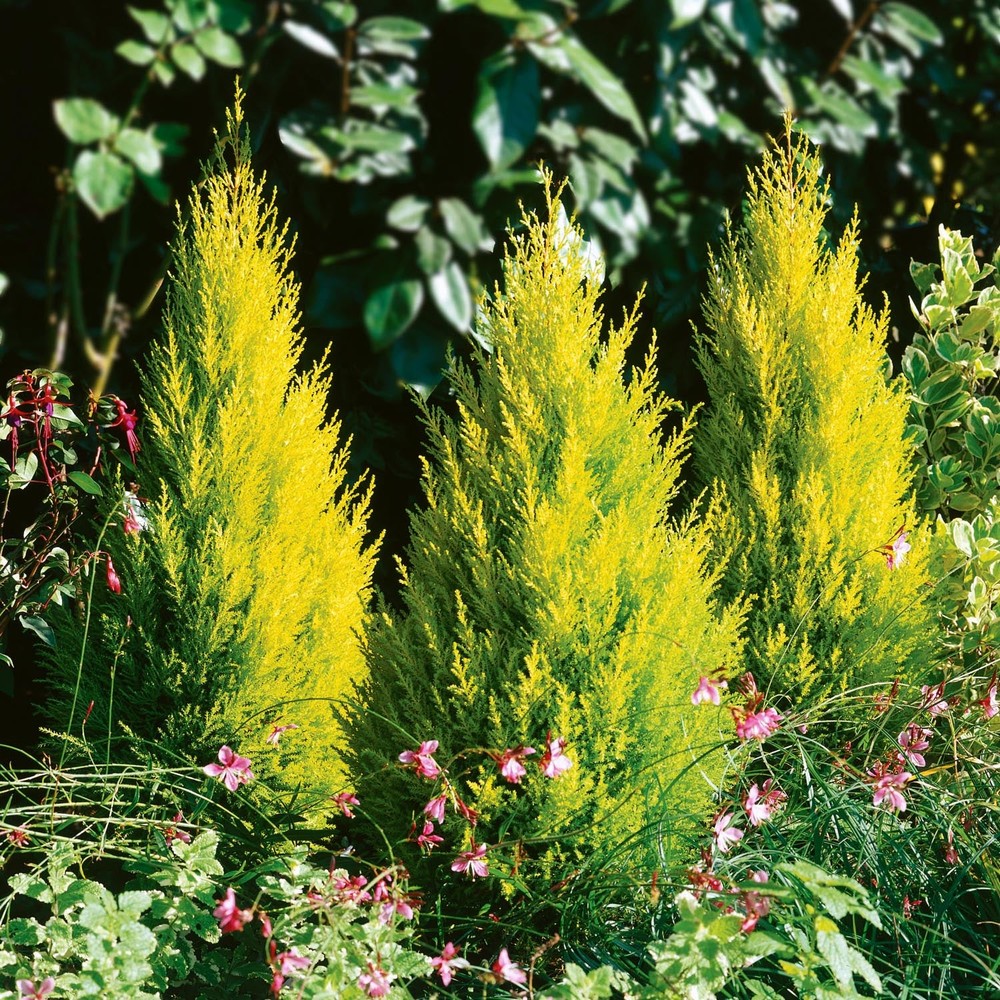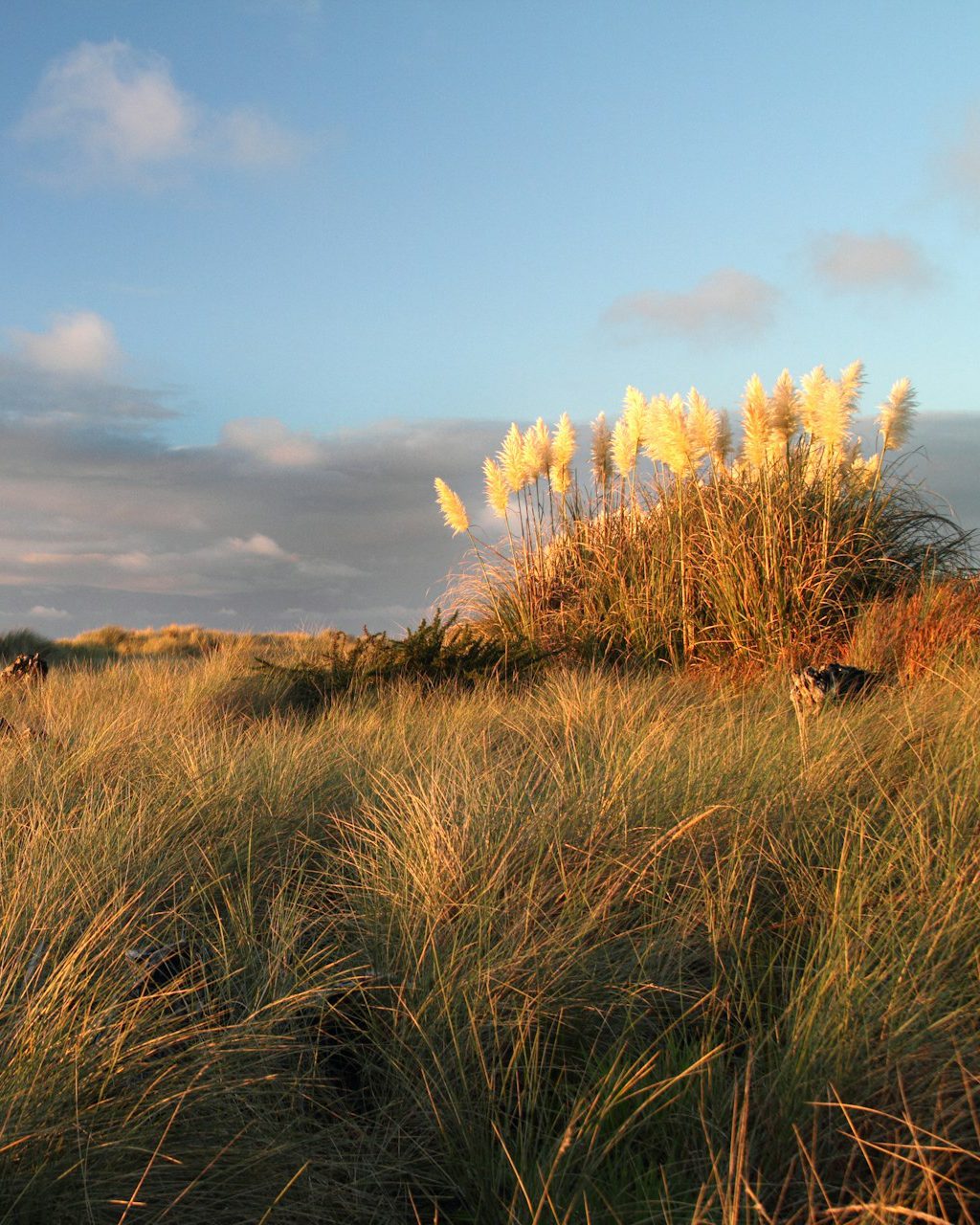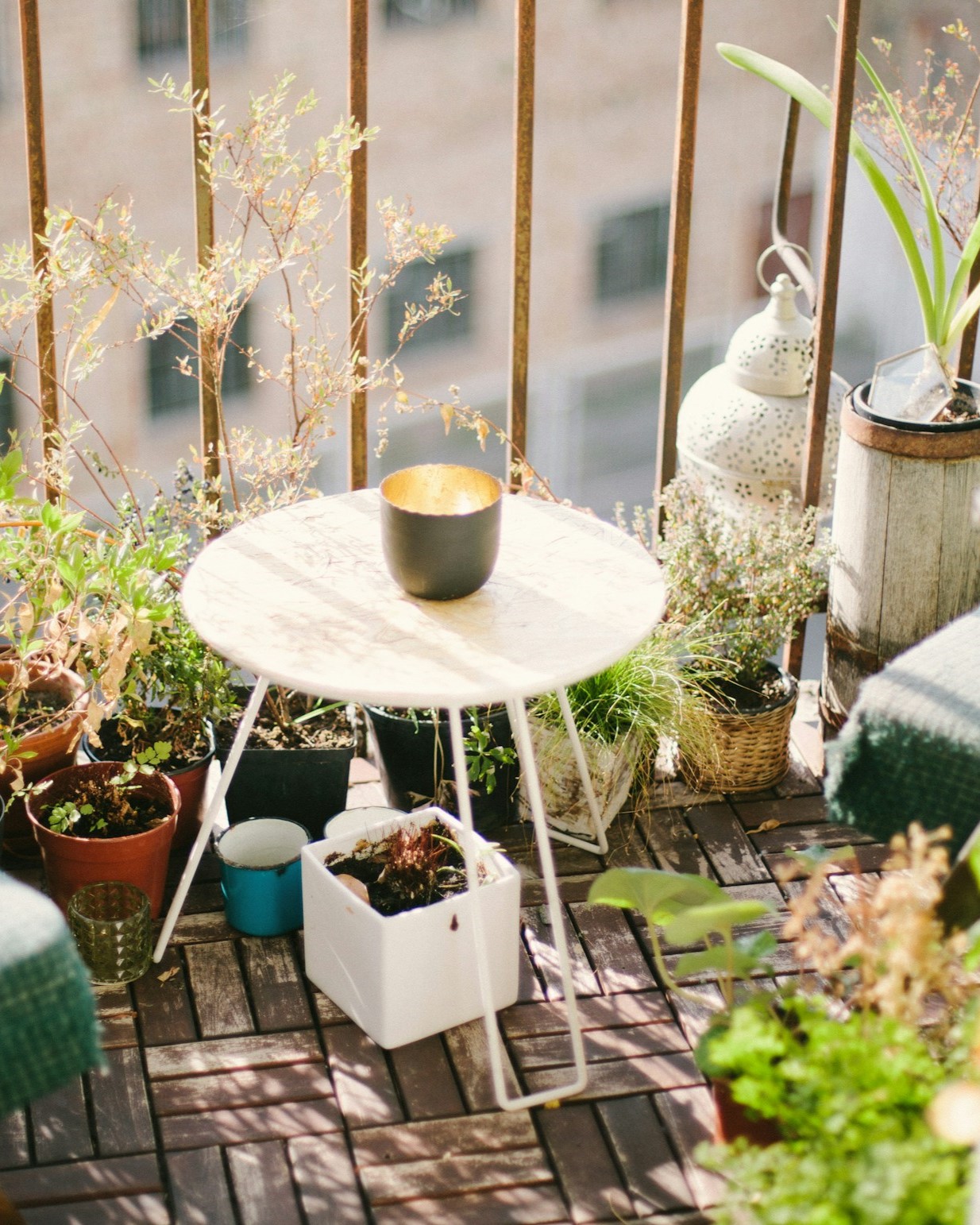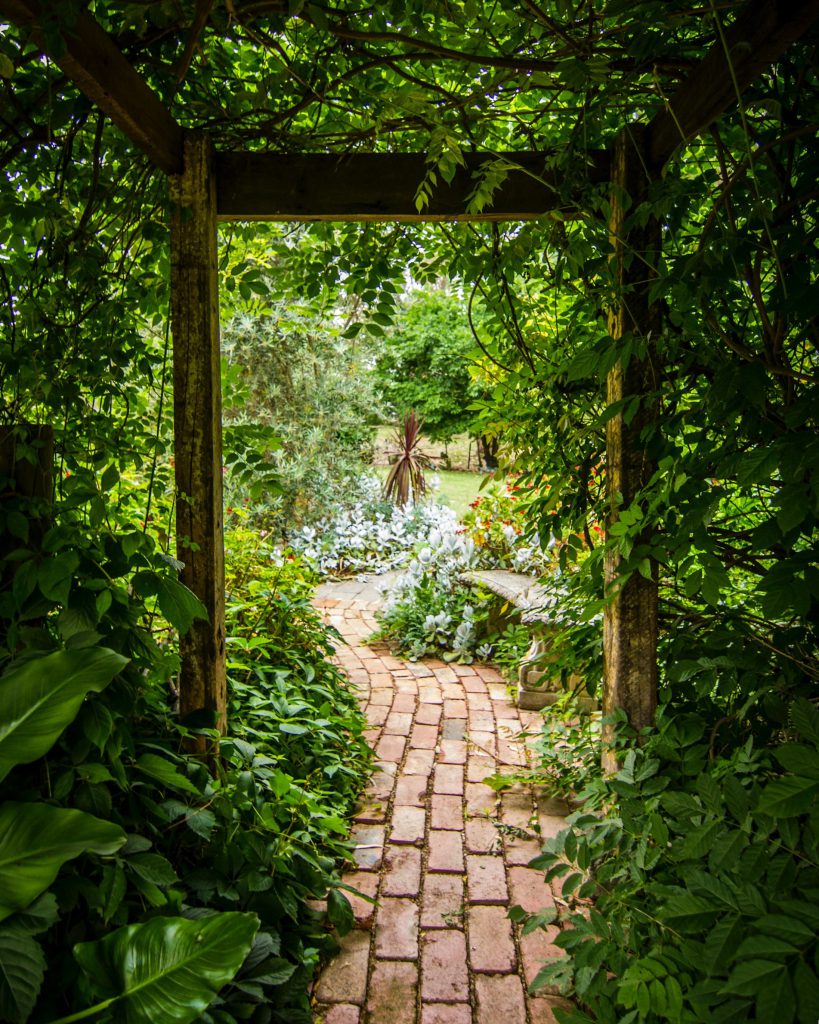
Eleanor Clarke
GARDEN DESIGN
5 Tips for Shady Gardens
Shade is a challenge we’re familiar with as Londoners, where gardens can be small and overlooked. They can often be closed in on all sides by trees, houses, walls and fences. Combine the two and you’ve a garden where easily half is in shade for the majority of the day.
But we’re the first to come out and say we love a bit of a shaded nook, a cool corner or a sheltered hideaway. Especially in summer, when frankly a back garden that’s all sun can get a bit too much.
Our top tips for making the most of those shaded spots:
Feel the woodland love
Nature’s cool, shaded corridors are woodland, so learn to love everything about it. We’re talking lush green ferns (evergreen and deciduous), sweet honeysuckle, colourful twining clematis (old man’s beard is the wild cousin of our modern-day clematis varieties), winter-jewel hellebores, zingy lime euphorbias, the graceful filigreed leaves of acers and a rich groundcover tapestry of scented violets, ivies and cyclamen.
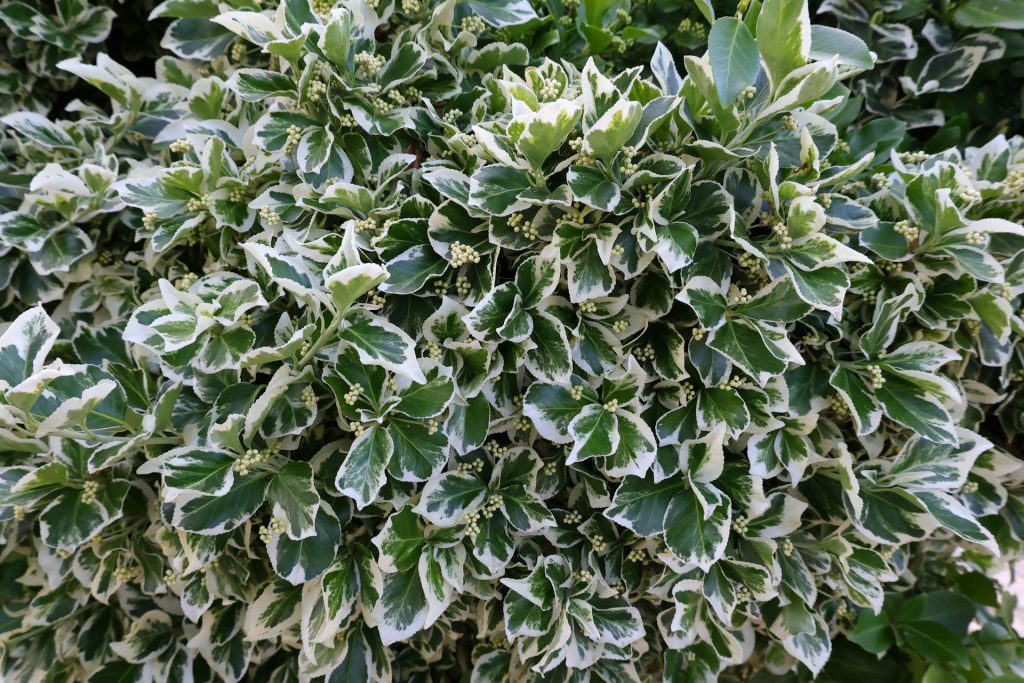
Euonymus fortunei ‘Silver Queen
Weave in some white
Lush and green is lovely and all, but in deep shade a touch of white (or near-white) can really give your planting scheme a boost. We swear by variegated evergreens such as Euonymus fortunei ‘Silver Queen’, variegated ivies, striped lime and cream hostas, the amazing variegated fatsias and, for late summer into autumn, Japanese anemones. All of them dazzle – and thrive – in shade.
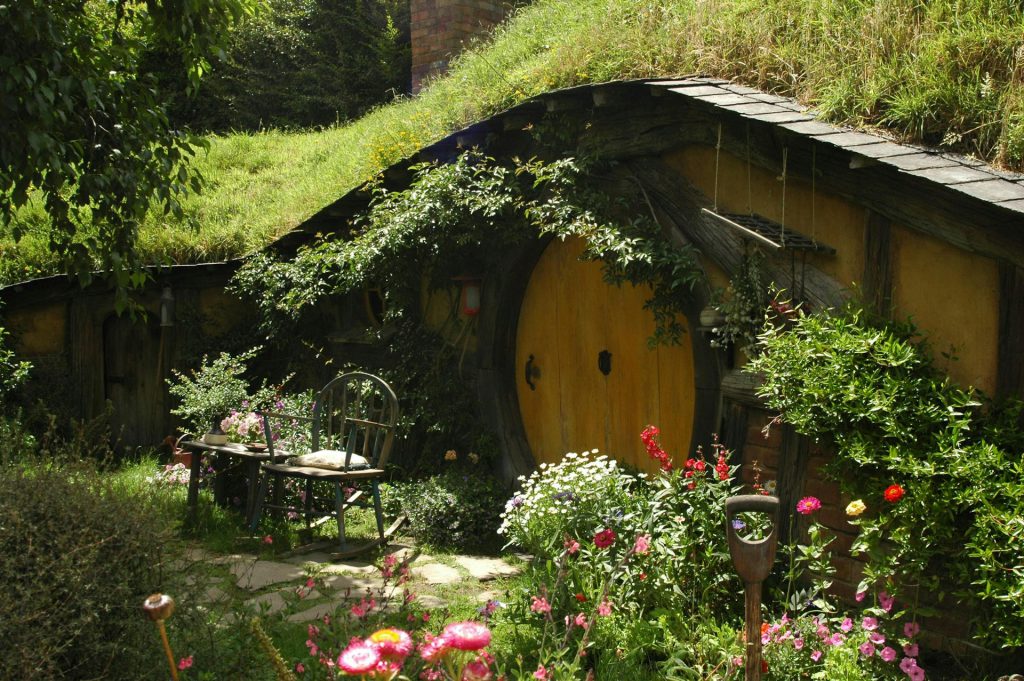
Hobbiton movie set
Make use of hardware
All kinds of overlooked bits and bobs can be used to excellent effect in shade. Lengths of tree trunk can be repurposed to provide a seating area, old mirrors placed to reflect light, boulders shuffled into place to bring textural contrast and a foil for planting. A statement pot or urn, meanwhile, makes a handsome, low-maintenance focal point among lush foliage planting, as does a vintage metal chair. If you’re a creative type, try building a bug hotel with old bricks, lengths of wood and broken pots – actually pretty much anything that’s lying unloved in the cellar.
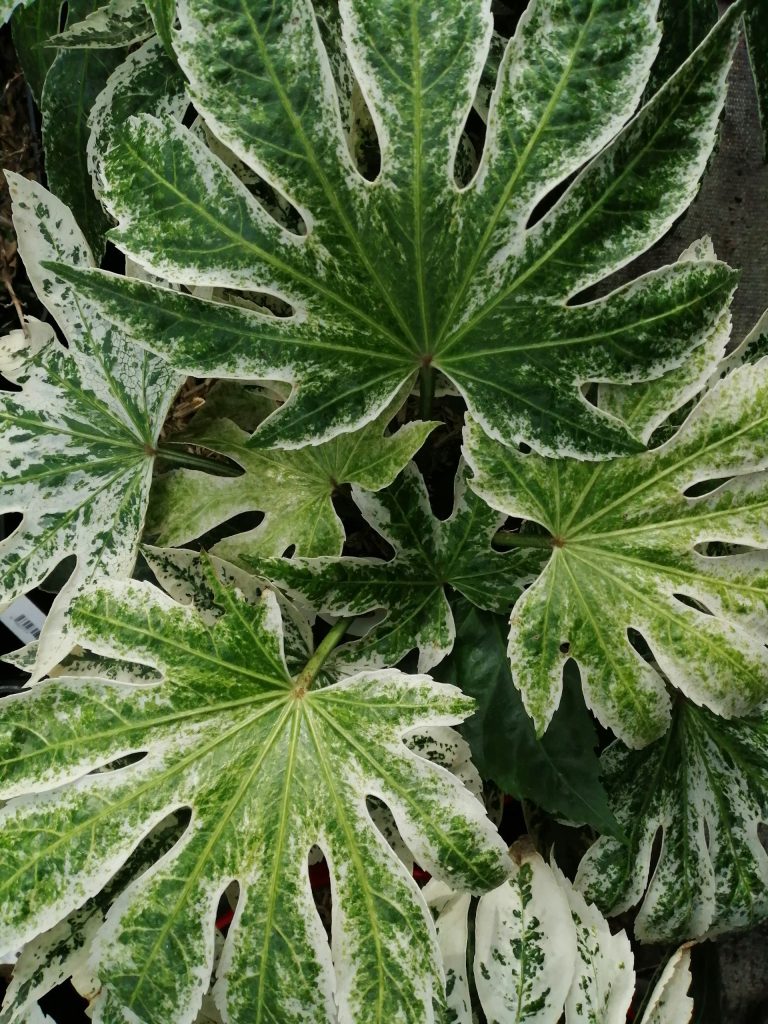
Fatsia japonica ‘Spider’s Web’
Play with texture
Choose plants for their foliage texture as well as their flower colour, and mix different textures to create a border full of interest. Large leaved, palmate fatsias, for example, look brilliant alongside grasses. The big, round, glossy leaves of bergenias are accentuated at the feet of spiky, upright astelias. Slot in fine-textured foliage plants such as Euonymus microphylla or mind-your-own-business (soleirolia soleirolii) and you’ve interest for all seasons.
Pale up your patio
For patio or seating areas that are in shade for much of the day, one way to brighten things is to change up your hard landscaping. Pale coloured gravel mixes can really lift a lightless space (use it around plants in borders too – it’ll have the same effect). If your budget’s more generous, consider pale sandstone, limestone or even porcelain paving to replace old concrete.
Remember, if we don’t have specific plants in stock, just come and ask one of the team. We’ll be happy to suggest an alternative or order it for you, if we can.
Read more:
OUTDOOR PLANTS
ENVIRONMENT
Shop from this story:
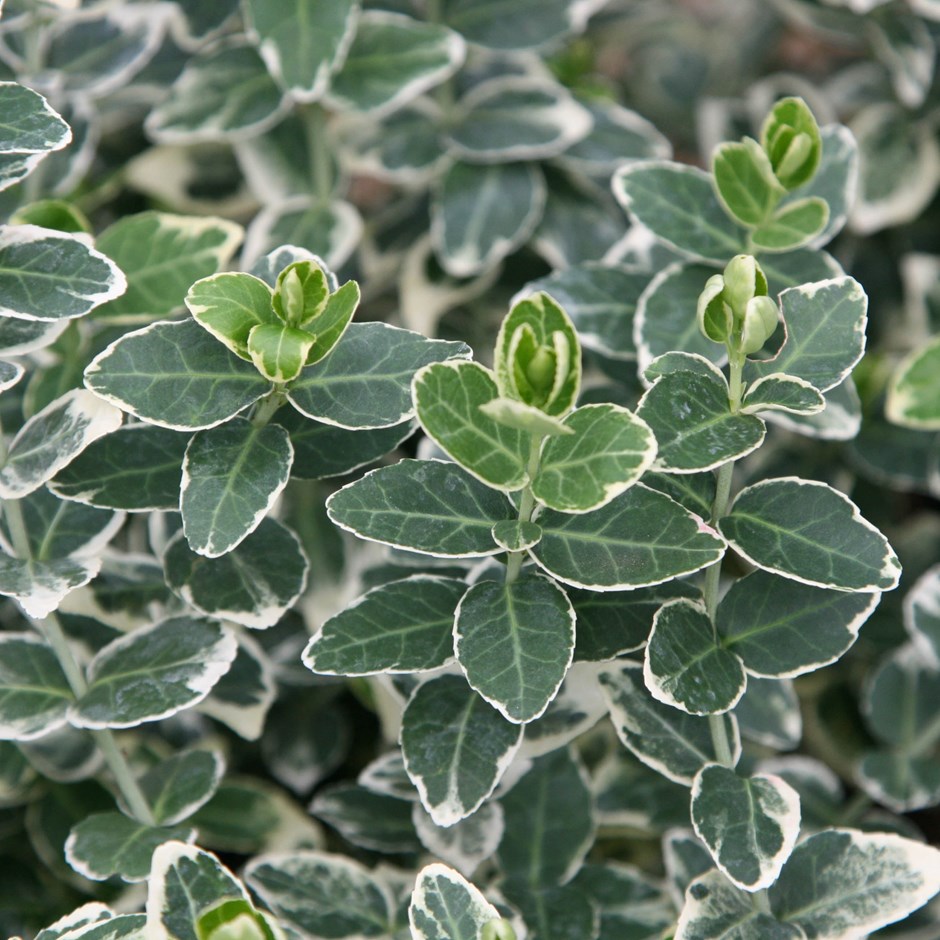
Euonymus Fortunei Emerald Gaiety
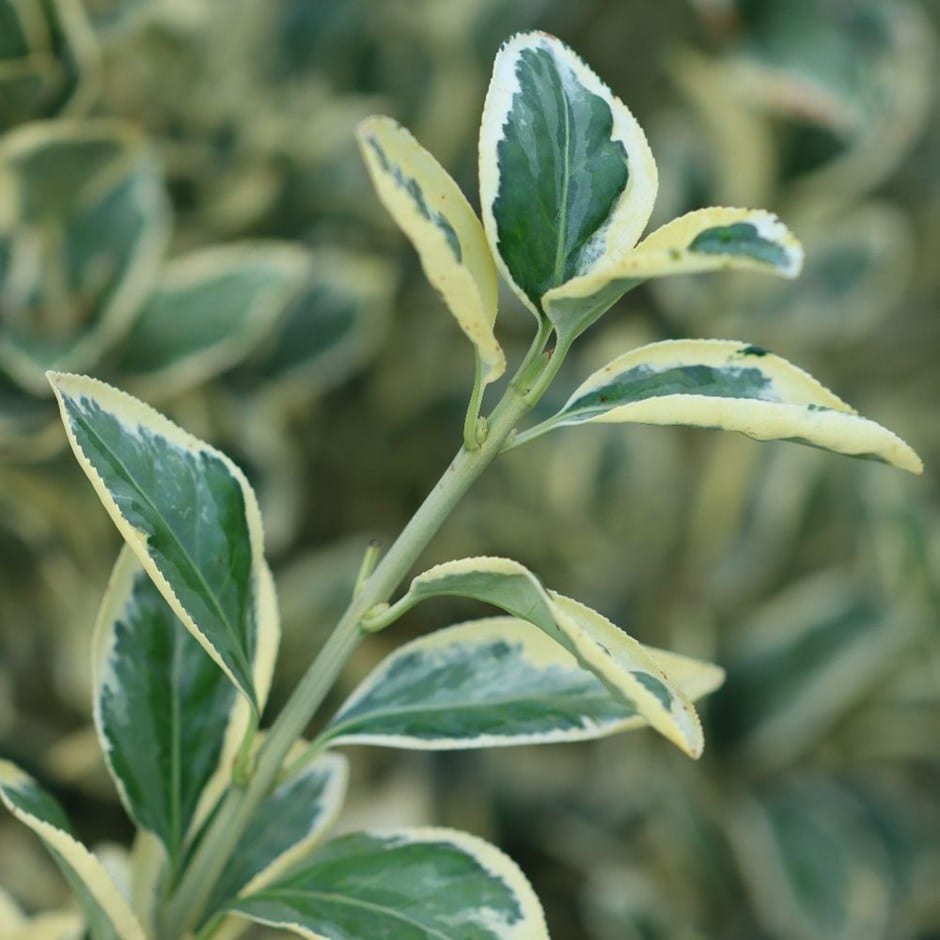
Euonymus Japonicus Bravo
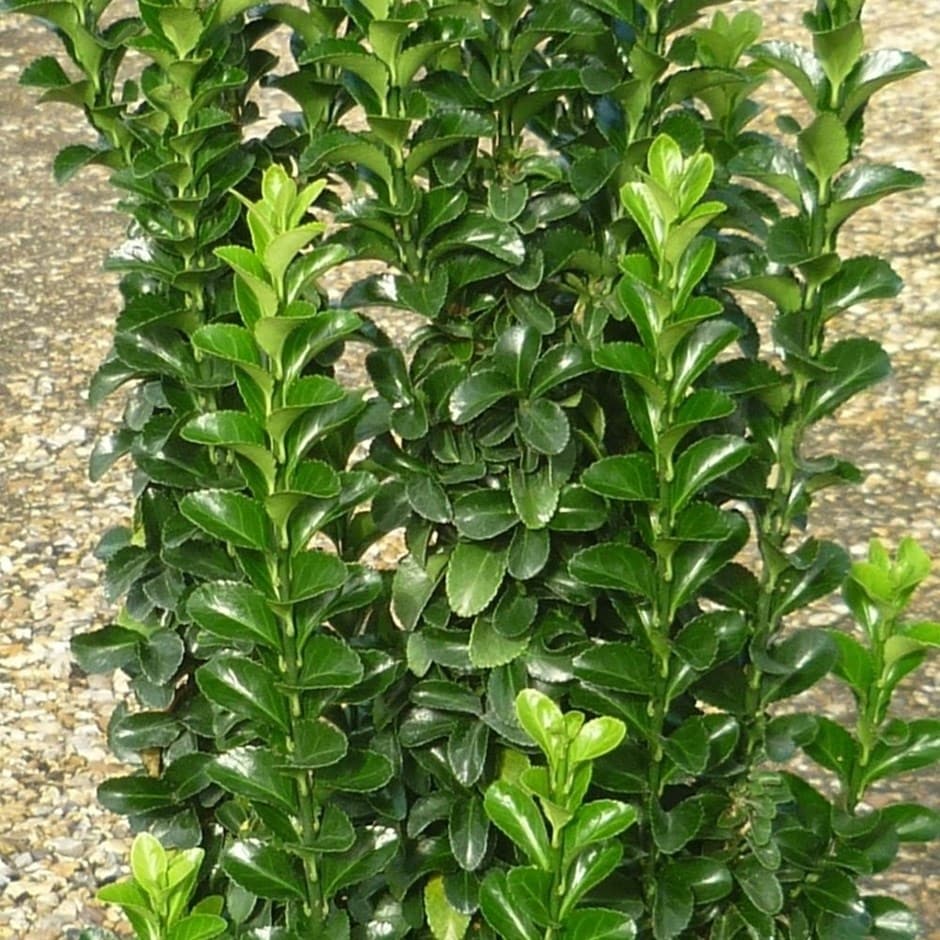
Euonymus Green Spider
